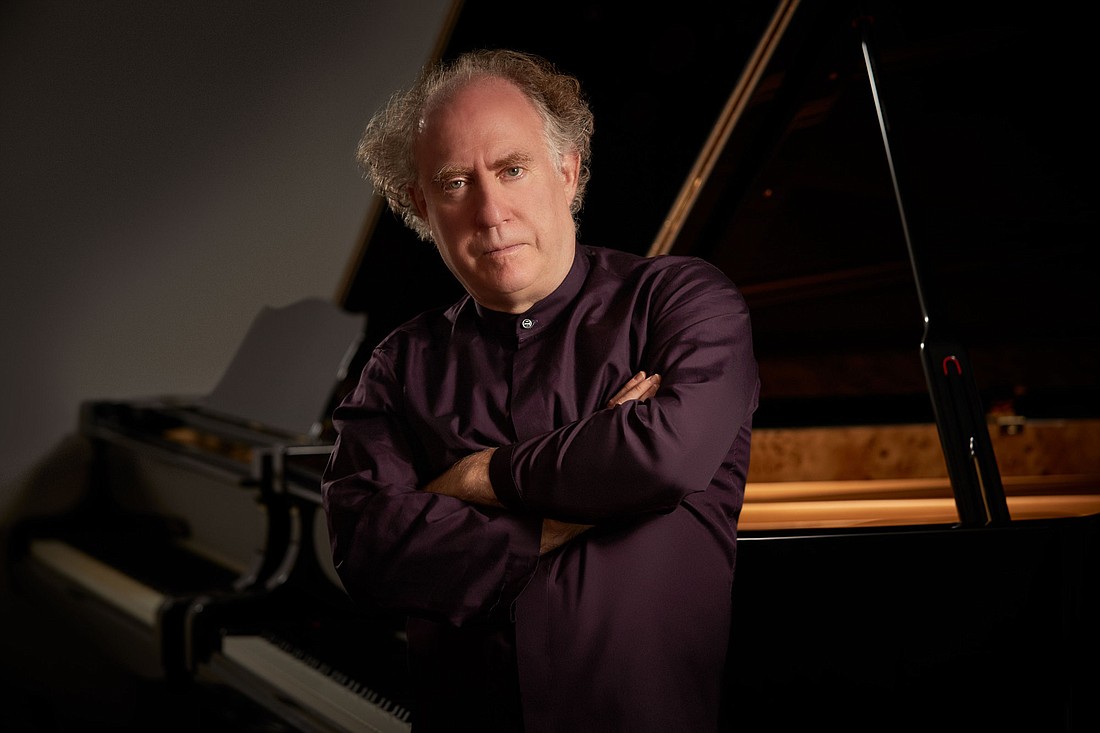- May 3, 2025
-
-
Loading

Loading

It’s not often that the concert hall becomes a classroom, but Jeffrey Kahane, music advisor of the Sarasota Orchestra, gifted a capacity audience Feb. 6 at the Van Wezel Performing Arts Hall with an hourlong lecture about Beethoven’s “Eroica” symphony, and after intermission he led a stirring performance of this seminal work.
His well-organized and well-delivered talk on Beethoven and the composition of his Symphony No. 3 delved into the spiritual and philosophical aspects of Beethoven’s life as well as the architecture of the symphony.
The talk was illustrated by musical excerpts played by the Sarasota Orchestra, which was onstage throughout. Kahane was at the piano showing the origin and examples of how the main themes were used in earlier works, including his overture to “Creatures of Prometheus” and the “Eroica Variations” for piano. He then went on to explain how Beethoven used the same theme and fragments in different ways throughout the four movements of the symphony. Never dry or academic, Kahane made the piece come to life even before we had heard a note of the complete work.
Particularly touching were references to Beethoven’s “Heiligenstadt Testament,” a letter written to his brothers and published after his death, in which he writes of his great despair at his increasing deafness, sometimes suicidal leanings and a hope that he would be remembered after his passing. One can only imagine how traumatic it must have been to realize that soon he would be hearing all of his music only in his mind.
After intermission, Kahane, who is also music director of the Sarasota Music Festival, led the orchestra in a performance of “Eroica.” Although he regularly conducts the festival orchestra of faculty and fellows, this is Kahane’s first concert with the full professional Sarasota Orchestra, and it was an impressive debut.
From the two opening chords, followed by the first statement of the theme in the cellos, this was an inspired performance by everyone. Kahane is a most musical conductor, with a variety of gestures that reflect the music, not just the bar lines.
He lets his musicians play with good sonority while keeping all under control and within his arc of interpretation. The orchestra was obviously primed for a good performance, and the strings have never sounded better. The slow “Funeral March” of the second movement maintained a sense of forward motion that never lagged, and the trio section of the third movement boasted some outstanding playing by the horn section.
The theme and variations of the finale took advantage of the skill of all the orchestral players, especially the solo winds, as the symphony came to its triumphant and “heroic” end to a well-earned standing ovation.
The orchestra surely also enjoyed the experience because the musicians joined in applauding Kahane for a special evening of music.
I’m told that during Kahane’s 20-year tenure as conductor of the Los Angeles Chamber Orchestra, he did one of these lecture/concerts each season. As artistic advisor, Kahane is a first-rate addition to the musical leadership of the orchestra. If he is not among those conductors who are under consideration for music director, he should most certainly should be added.